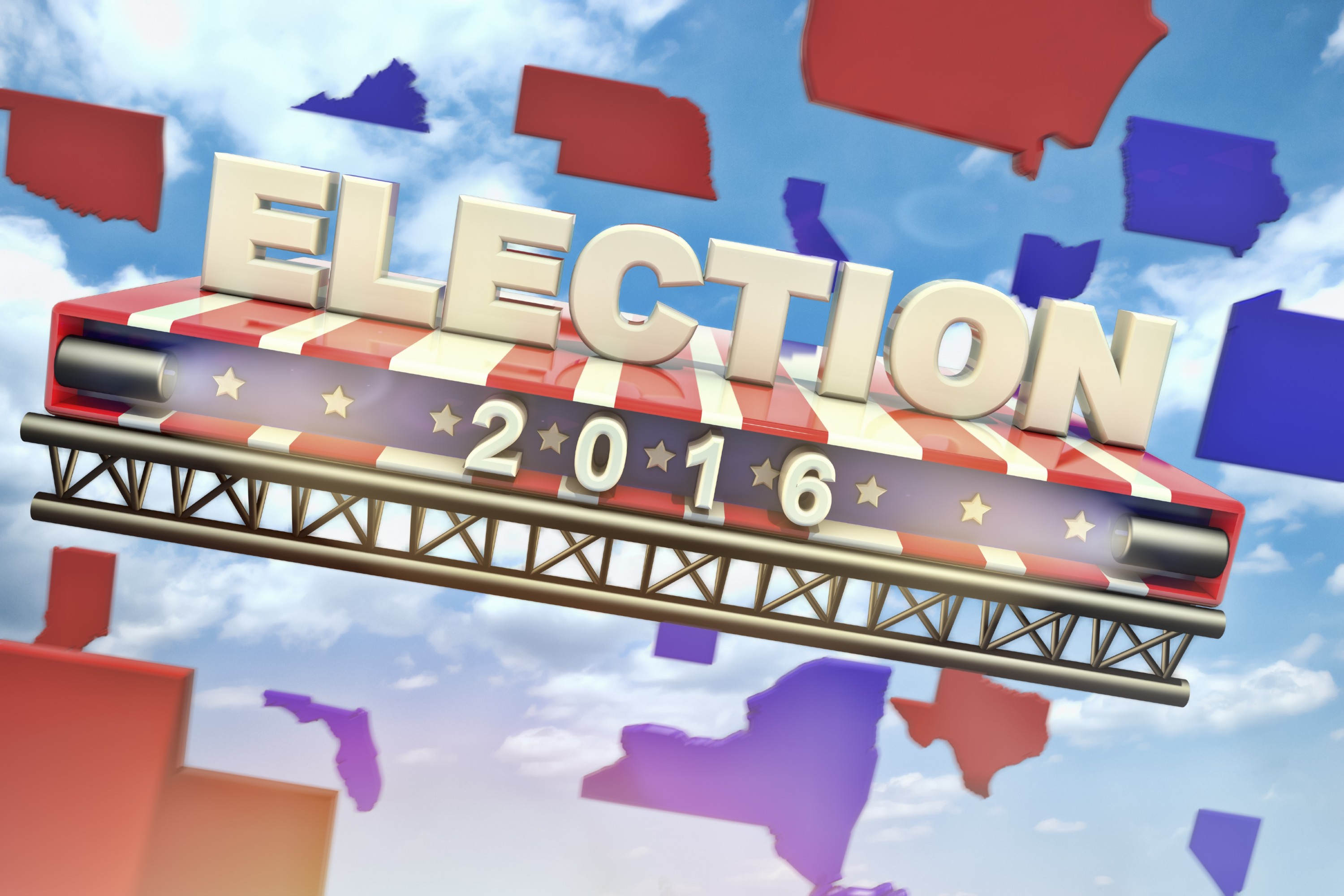As voters in the Iowa caucus (Feb. 1) and New Hampshire primary (Feb. 9) prepare to make their choices for presidential nominees in the Democratic and Republican parties, the ultimate outcome of the election is still very much in doubt. With new polls every day, occasionally widely at variance with each other, getting a clear picture of the race is challenging. Jennifer Necci Dineen, a faculty member in the Department of Public Policy who directs the Graduate Program in Survey Research, explains why it’s so hard for pollsters, and how the rest of us should read opinion survey results.
Q: With the Iowa caucus only a few days away, we still see major differences in polls in both that state and New Hampshire, as well as nationally. What accounts for that?
A: It’s getting increasingly difficult to answer that question, as the way we conduct polls begins to change. While telephone surveys with live interviewers are still the gold standard, since the last presidential election, the number of interactive voice response [IVR] polls – the so-called “robopolls” – has doubled, which is also true of Internet surveys.
Each one of those methodologies has different complications. For example, we know that polls with live interviewers show a slight skew toward Democratic candidates. And we know that IVR polls typically have smaller numbers of undecided voters, probably because it’s easier to hang up on a robot if you’re not really committed to a candidate yet.
And here’s the other thing – each methodology produces a different picture of the same potential electorate. We don’t know until after the election which methodology is best for that particular electorate. So, for example, in 2008, live interviews provided the most accurate results. But in 2010, for the congressional elections, Internet surveys were the most accurate.
So polling itself has become much more challenging, along with the factors that were always present – the formulae that different pollsters use, for instance, to account for things like how you determine who’s really a ‘likely’ voter.
Q: The assumption of a lot of media coverage and public conversation seems to be that polls are essentially predictive, but is that really accurate?
A: No, it isn’t. Polls are designed to be descriptive of a particular moment. They’re not supposed to be instruments that will infallibly predict the future, which is particularly true in primaries, where voter support solidifies late in the game, especially when you have as many candidates as you have in the Republican field this year.
Q: Along the same lines, are we putting too much emphasis on these early primary states as indicators of how the rest of the primaries – and the general election itself – will turn out?
A: We absolutely do put too much emphasis on the early states. In 2012, Rick Santorum won the Republican vote in the Iowa caucus, and in 2008 it was Mike Huckabee. The winners of these early contests are not necessarily going to be their party’s nominee, let alone winners in the general election.
What these primaries do, however, is help voters calibrate their sense of what’s possible. This is when you see a weeding out in a large field, for instance. At the same time, a strong showing for lesser known candidates can convince voters they have a chance. A surprise second place finish in New Hampshire for John Kasich, for example, could help his campaign more than a first-place finish for Donald Trump, who’s been leading in the state for months.
Q: So much of the conventional wisdom from the pundit class has turned out to be wrong in these early stages. Is this election particularly resistant to old maxims about voter behavior?
A: I think anyone who’s observed elections isn’t being completely honest if they say this election isn’t somewhat mystifying. The Republican field has obviously been unpredictable, but the Democratic contest has also produced surprises. I’ve been saying that’s not a one-candidate race for a while, and people kind of laughed at that, but now the polls are showing us this is a much more competitive primary election.
One mistake people make is they pay a lot of attention to national polls during the primaries. Primaries are not national elections, they’re a series of state elections, and that’s how you have to analyze them.
Q: Last question: After Iowa and New Hampshire, will there be a clear picture of who the nominees will be?
A: It depends, of course, but if the polling averages we see now are close to what the vote totals are in Iowa and New Hampshire, then no, there’s not a clear picture, and things are very much in play both for the Republicans and the Democrats. I don’t think we’re going to have a firm idea of how the general election will look until St. Patrick’s Day, and maybe not even then.



